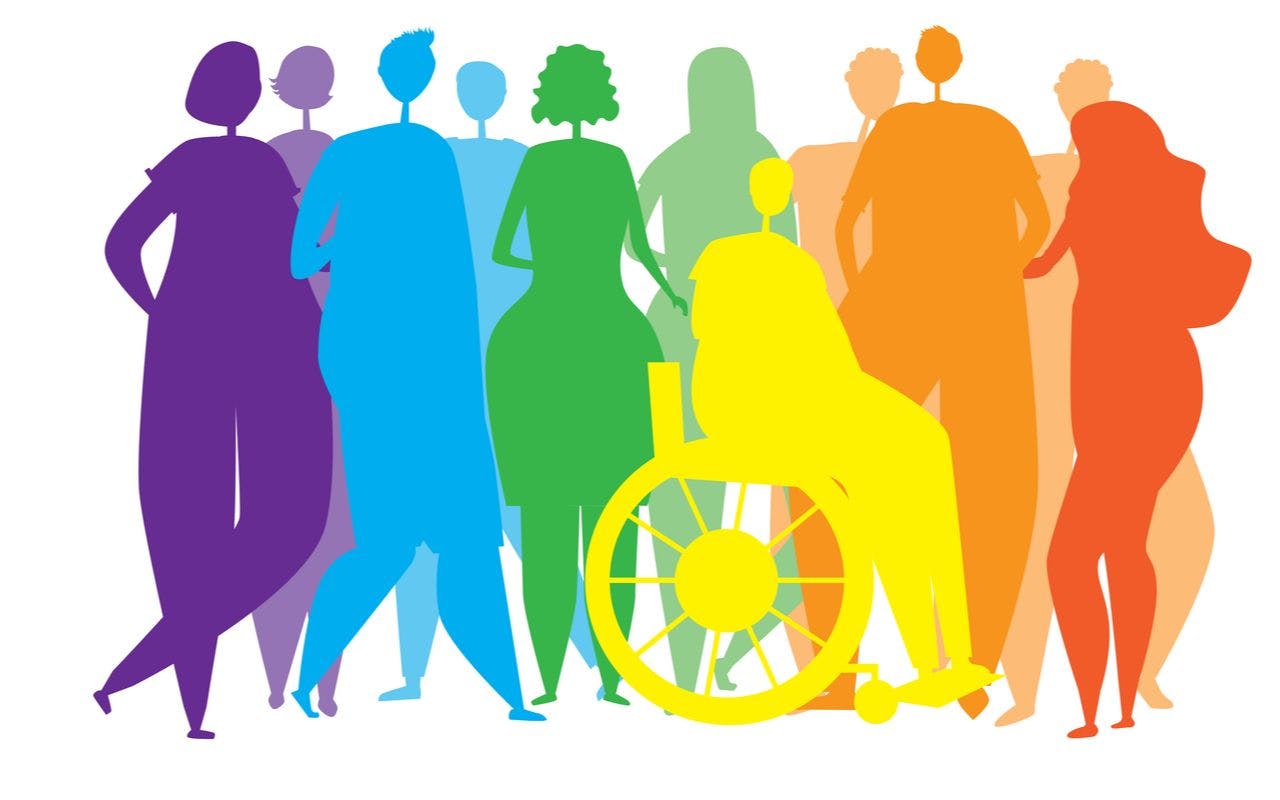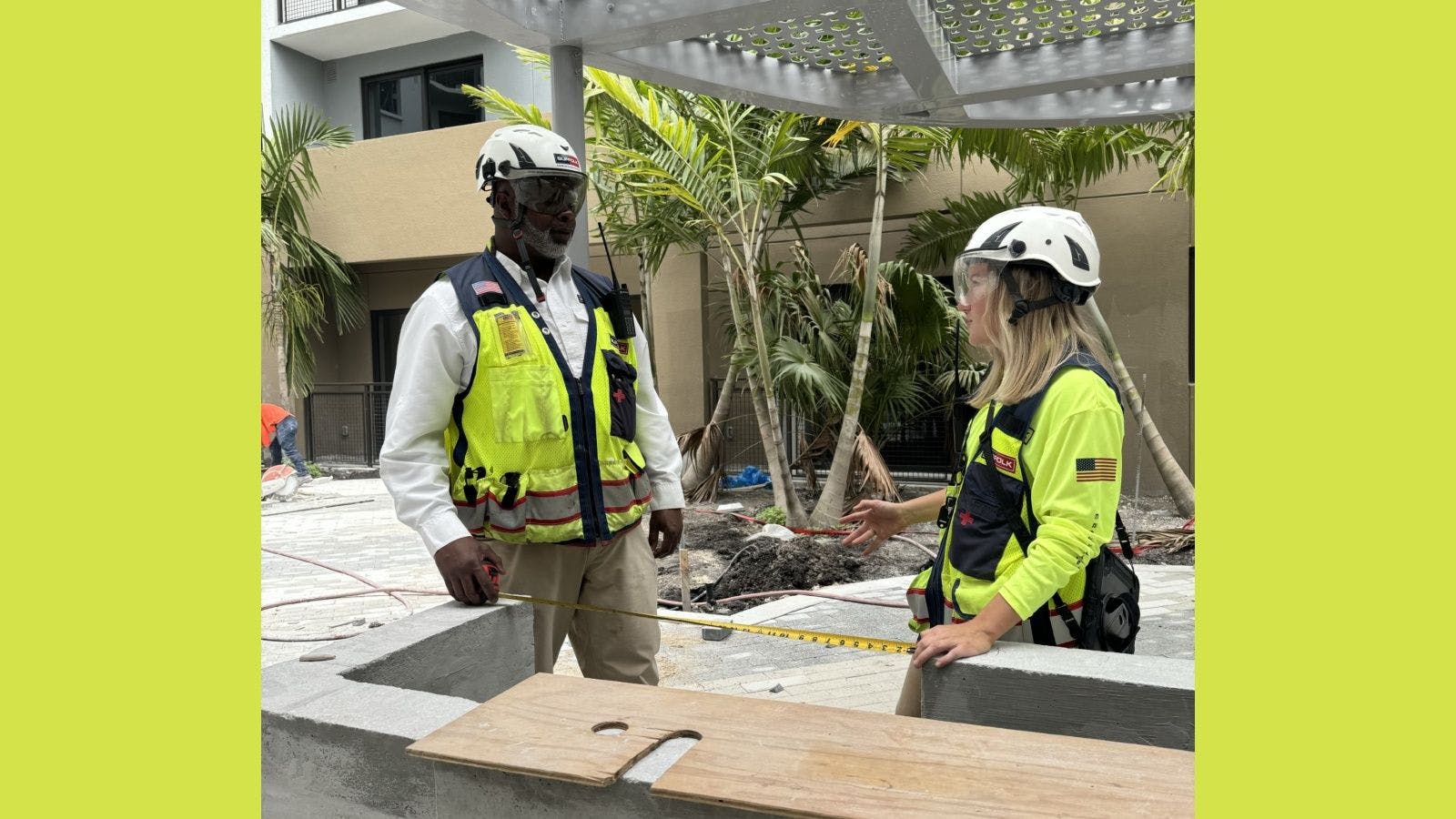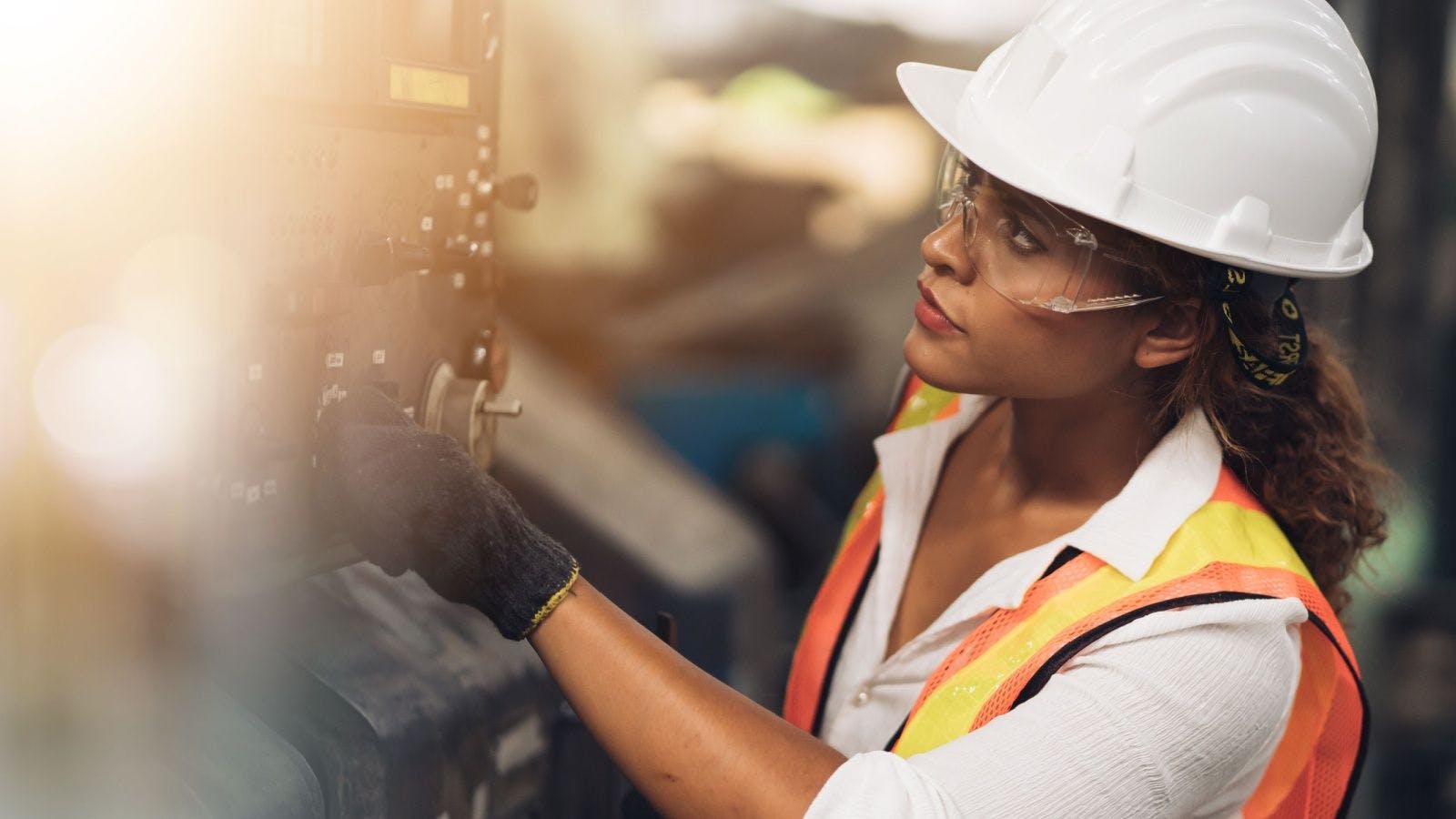
Bolster Diversity and Inclusion by Dispelling Myths About Construction Jobs
Misperceptions about what it’s like to work in construction could be hampering efforts to promote diversity and inclusion in the industry—not to mention full employment.
Consider the results of a survey conducted last year by VIATechnik, a digital-transformation company focused on the architecture, engineering and construction sector.
“We put the question ‘What is your impression of the construction industry?’ to 150 Chicago-area high school students,” says Anton Dy Buncio, VIATechnik’s COO. “Most of these students identified as Asian or Hispanic/Latinx. They tended to see construction jobs as important and beneficial, but also noisy, tough, dirty and dangerous.”
An 11th-grader replied that construction “seems like a lot of hard labor.” A different student from the same grade called it “a tough job to work in.” Another 11th-grader, a female, wrote that construction was “not for me.”
Untapped potential
Associated Builders and Contractors estimates that construction businesses will need to hire 430,000 tradespeople this year alone and 1 million more over the next couple of years. That will be harder to accomplish so long as many potential contributors from underrepresented groups fail to fully appreciate the upside of these skilled, high-paying jobs.
The industry also happens to be vastly more complex than many young people appreciate. Today, students who aren’t good with their hands often fail to realize that companies need to fill all kinds of positions that have nothing to do with putting on a hardhat and running a 10,000-pound skid steer. That includes jobs in accounting, technology, and financial and operational management, to name a few.
Many jobs could easily excite “digital natives” from all walks of life. Some specialize in the likes of digital twins, BIM, as well as augmented and virtual reality. Some also use Unreal Engine and Autodesk Maya—software that is familiar to millions of high school video game buffs—to do VR walkthroughs.
When contractors participate in career days and job fairs at local schools, they would do well to focus on the full range of possibilities in the construction industry—not just jobs that involve “swinging a hammer,” but also those in project management, data analytics, digital modeling and other often underemphasized areas. That could mean having the company’s CFO, accounting manager and chief technology officer come along on those visits, not just project managers or superintendents.
Productive partnerships
When it comes to such outreach efforts, contractors could also consider partnering with other entities that can help provide a well-rounded picture of the industry. That could be multidisciplinary representatives from a local chapter of ABC, the Construction Financial Management Association or an AEC-related department from a local academic institution.
At Colorado State University, for example, the Department of Construction Management is now putting greater emphasis (through a formally established Diversity, Equity, and Inclusion committee) on introducing higher-level career paths to members of underrepresented groups. Bolstering gender equity and representation, both in the department and the broader industry, is a big part of that push, says Paul Goodrum, head of the department.
“Historically, construction has not done a good job of recruiting and retaining females into its workforce,” he says. “When you look at the national shortage of construction craft professionals, we as an industry have to do better. As universities, we want to be part of the solution.”
Partnering with specialty firms in construction is another option—one that can be especially powerful if company representatives happen to embody D&I. When young people from underrepresented groups see people who look like them succeeding in leadership roles, it can make a big difference in their lives and career paths.
Reaching the next generation
In today’s construction industry, more firms are specifically focused on bolstering D&I. But contractors often report that finding diverse candidates in areas like financial management can be extremely challenging. And yet when you talk to women or people of color who have succeeded in such jobs, they often describe happening upon these opportunities by chance.
Related stories








